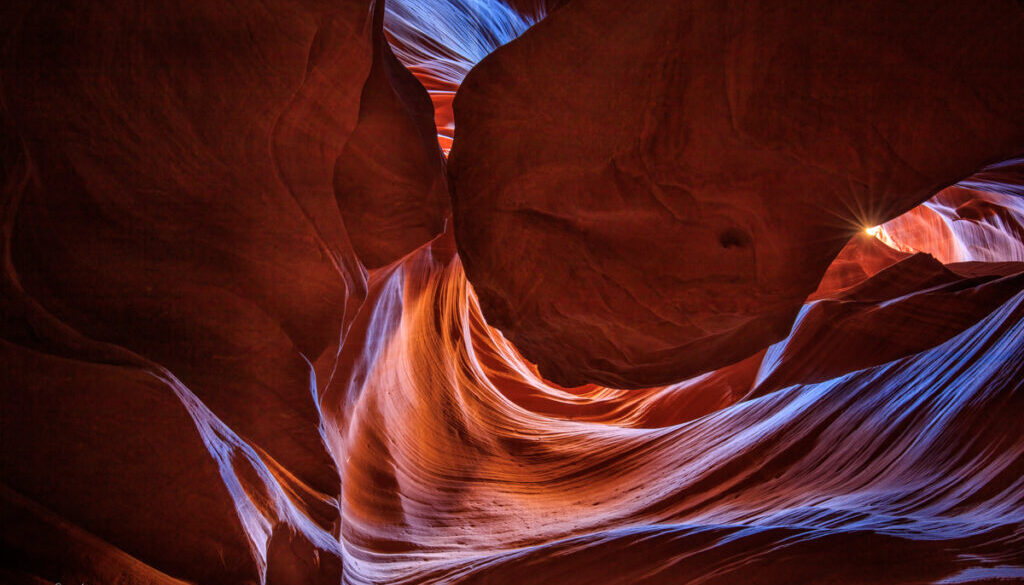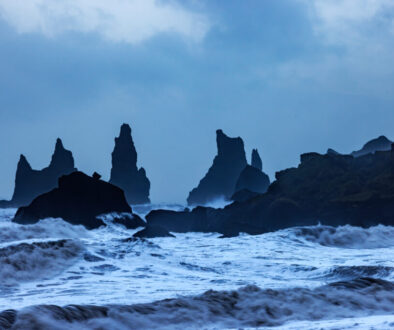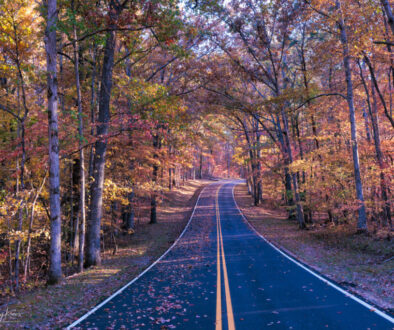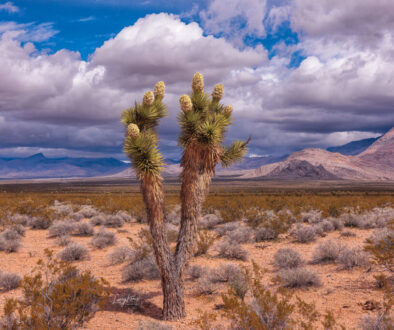Navigating Upper Antelope Canyon
Antelope Canyon, One of the Navajo wonders of the world, is located in Page, Arizona. It’s a world of swirling multi-colored sandstone punctuated by spikes of sunlight that filter down to the canyon floor, creating an almost stained glass effect within the canyon walls. Truly beautiful and inspiring, especially if you’re a photographer. Although photography tours allowing tripods aren’t offered anymore, the standard walking tour provides ample opportunities to shoot handheld photographs, especially if your camera is equipped with IBIS. Potentially low shutter speeds require shake control. High ISO settings are generally necessary, because the canyon can be quite dark. Although I was able to shoot at ISO 400 because tripods were allowed at that time, you’re probably going to want to shoot between 800-1600 and worry about noise in post processing.
The first issue to consider is the tour operator you’re going to select, and whether to tour the upper or lower Antelope Canyon. A Navajo guide is required for entrance into the canyon. I don’t recommend any particular operator, but I booked Antelope Canyon Tours on S. Lake Powell Blvd in Page (https://www.antelopecanyon.com). I chose the upper Antelope Canyon tour because of the opinions I read of other photographers who had been out there. It’s a matter of personal preference, but more dramatic structures seem to exist in the upper canyon. Take a noon or later tour to ensure the sun is high enough to partially illuminate the canyon walls. And depending on the weather, dress warm, especially during winter. It’s much cooler inside the canyon. And I recommend booking your tour months in advance. The demand for these tours is outrageous.

Upper Canyon Entrance
Once inside, be prepared to move fairly quickly as multiple groups will be in there awaiting their turn to walk through. Keeping people out of your photographs takes a bit of timing, so be prepared and know your camera settings well. I wouldn’t recommend changing lenses once you’re in there, because the amount of sand and dust is so great, so fix the lens you think you’ll need for the shoot. I found a 15mm-24mm to be ideal. A 24-70mm lens might work as well. Your guide will attempt to give you the time you need to shoot, but again, being prepared for anything is the best strategy for unforeseen circumstances.
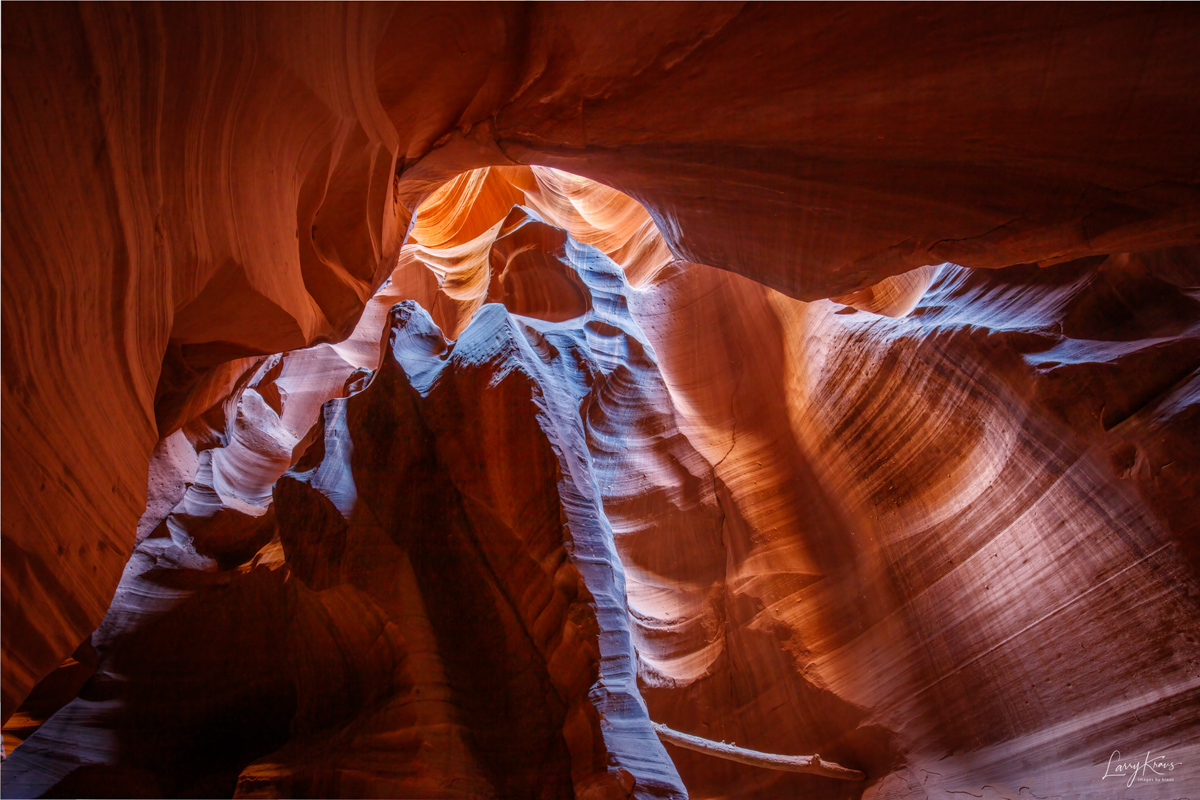
Canyon Light
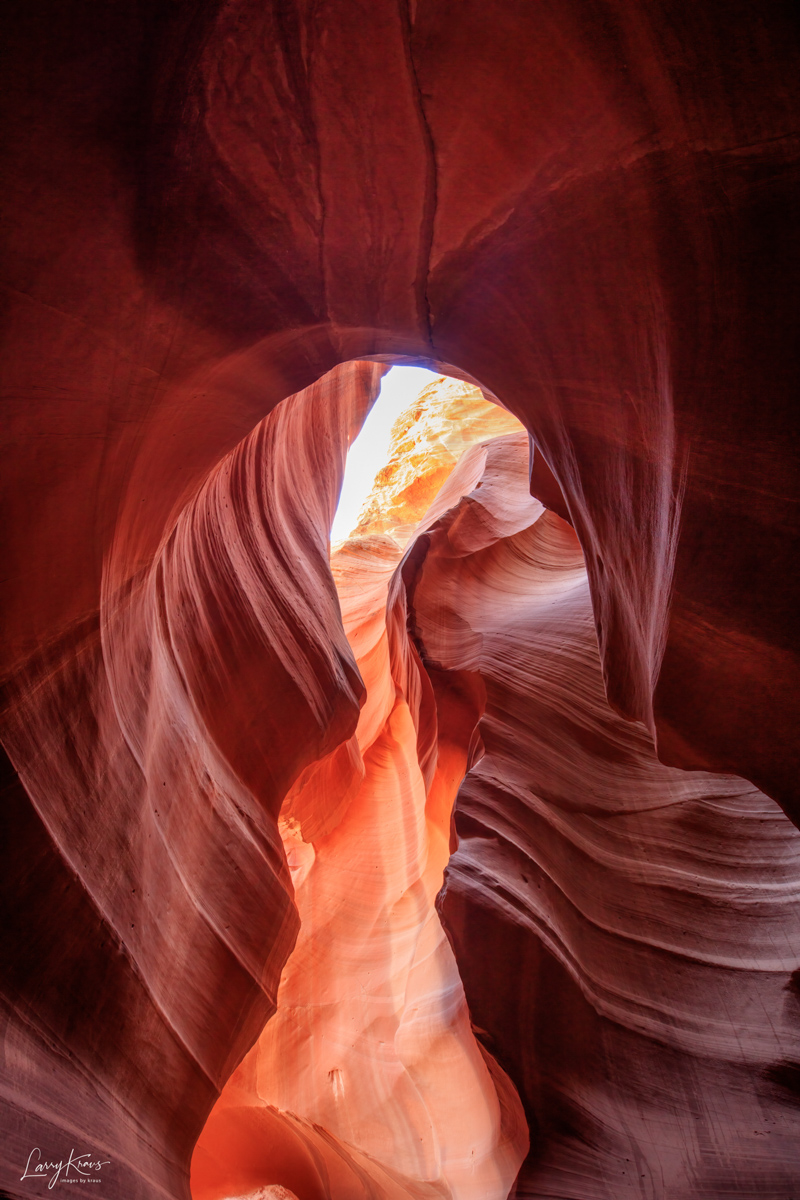
Exiting the Canyon
It takes about an hour to walk the quarter mile to the end of the canyon. At that point, you’ll turn around and walk back the way you came in. Any photos you missed during the first pass, you can try to secure on the way back to the parking lot. If your guide was accommodating and helpful, I’d recommend providing a tip. All in all, the tour is a real bucket list accomplishment for any photographer, no matter your skill level.
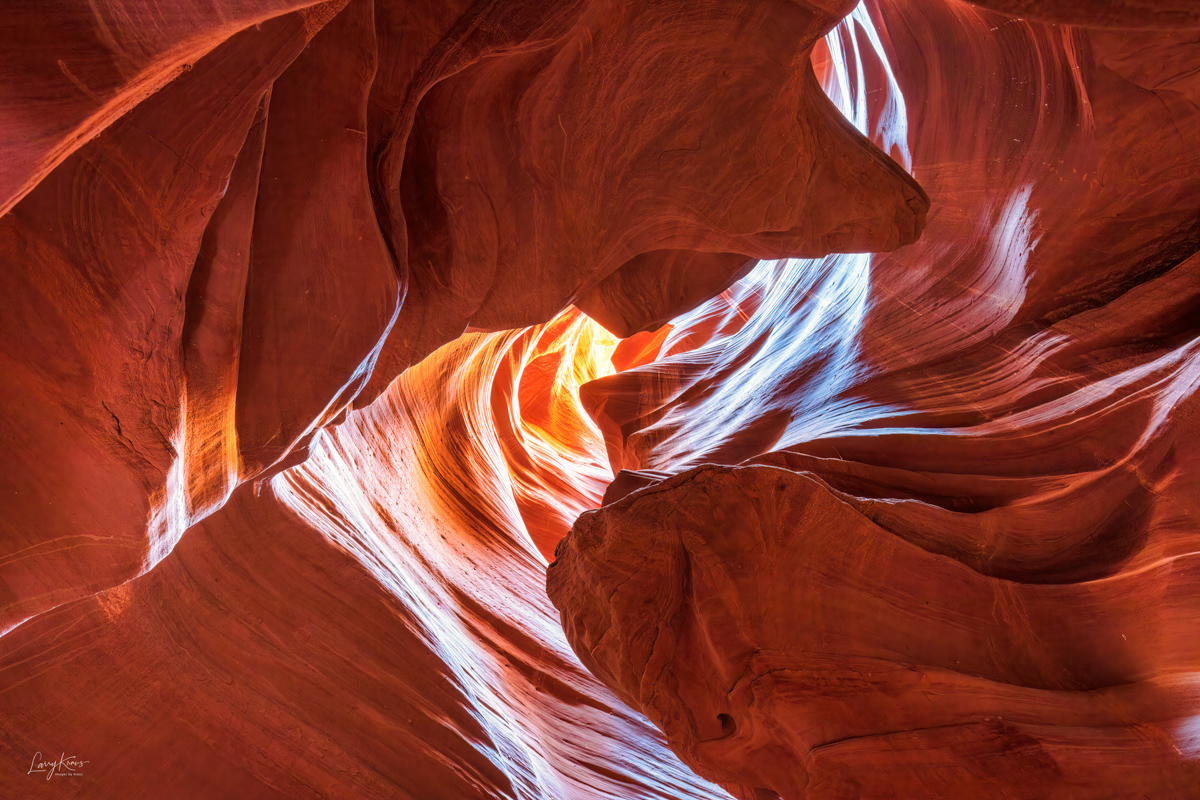
Look Up

